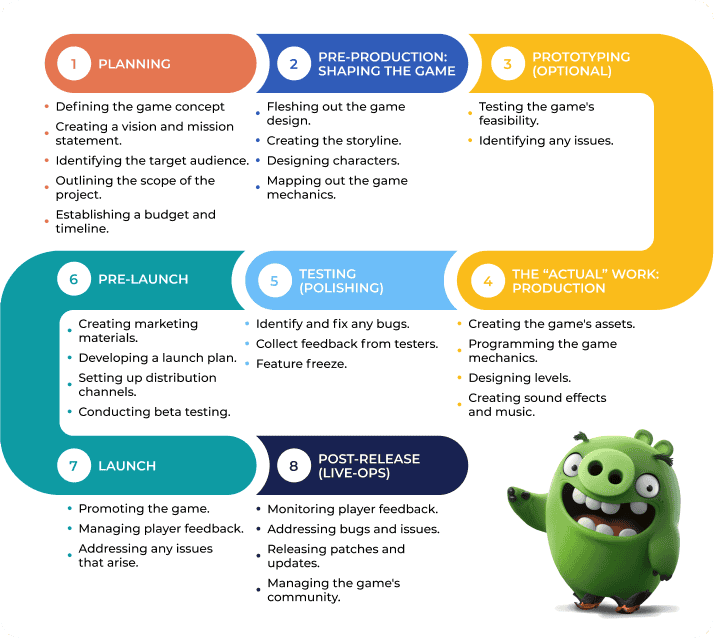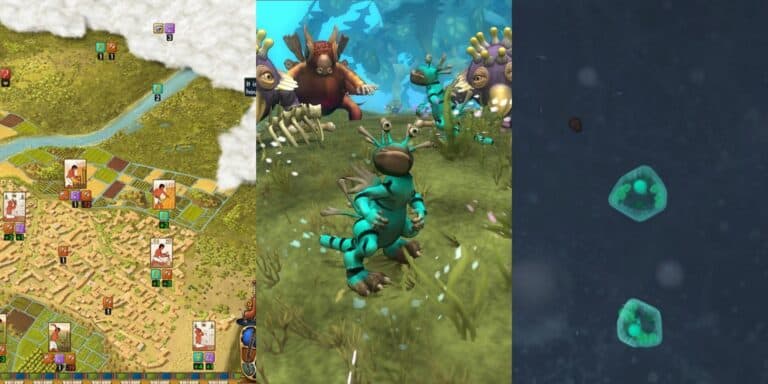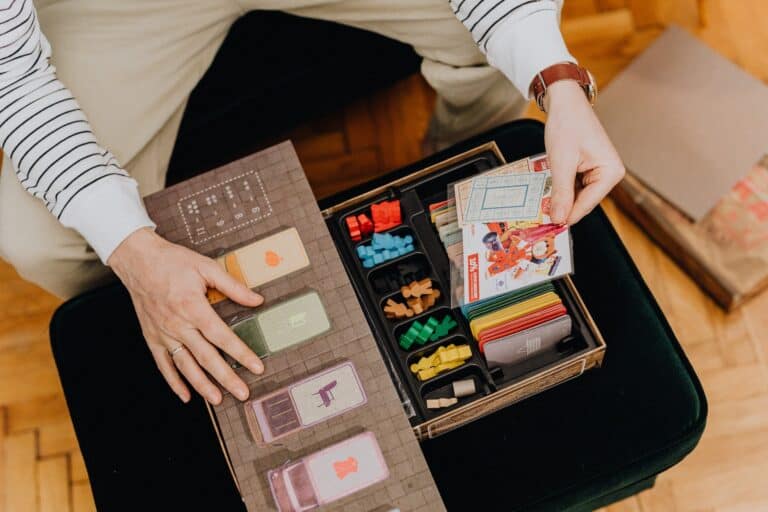Streamline Your Game Design Process
Board game design doesn’t have to be slow and drawn out. Using the right techniques and tools can accelerate your journey from concept to prototype. The goal is to create a functional version of your game quickly, allowing for playtesting and improvements before diving into production.
1. Start Simple and Expand Gradually
Many designers fall into the trap of overcomplicating their initial ideas. Start with a core mechanic or theme and build from there. Focus on simplicity, which allows you to test the viability of the game without bogging it down in unnecessary rules or components. Remember, you can always add complexity later based on playtest feedback.
- Tip: Begin with minimal components like index cards and dice to create a rough version of your game before investing in custom pieces.
2. Use Rapid Prototyping Tools
Several software tools can help you prototype quickly without the need for physical components. These tools allow you to adjust and test mechanics instantly, ensuring that your design works before you invest in printed prototypes.
- Tabletop Simulator: One of the most popular tools for digital board game prototyping, Tabletop Simulator lets you create virtual versions of your game and playtest them with others online. It’s perfect for testing layouts, mechanics, and interactions without printing a physical copy.
- The Game Crafter: While not traditional design software, The Game Crafter helps you create physical prototypes quickly by offering a wide range of custom components, from cards to tokens.
- NanDeck: If you’re designing a card-based game, NanDeck is an excellent tool for creating decks and cards through scripting, allowing you to rapidly generate card variations for testing.
Best Practices for Rapid Prototyping
1. Set Clear Milestones
When working on a rapid prototype, it’s essential to set clear milestones. Break your design process into manageable stages such as conceptualization, basic mechanics, visual design, and playtesting. These milestones keep your project on track and allow you to evaluate each step before moving forward.
- Tip: Use Trello or Notion to organize your design process and track your progress.
2. Focus on Core Mechanics First
Your game’s mechanics are its backbone, so spend time making sure they work as intended. Playtest your game’s core mechanics early and often. Even if the rest of the game isn’t fully developed, playtesting simple rules will give you valuable feedback and direction.
3. Don’t Be Afraid to Fail
Prototypes are meant to be imperfect. The goal is to fail fast, learn, and iterate. During playtesting, identify what works and what doesn’t, and make quick adjustments to improve gameplay. Remember, most successful games go through multiple iterations before reaching their final form.
- Tip: Document playtest feedback and categorize it into “immediate changes” and “long-term considerations” to streamline the revision process.
Playtesting: The Heart of Prototyping
Playtesting is where your board game truly comes to life. It’s a chance to see how players interact with your game, uncover potential issues, and refine mechanics based on real-world experiences.
1. Test with Diverse Groups
Testing your game with players of different backgrounds ensures that your game appeals to a broader audience. Invite gamers, non-gamers, and even kids to test your game and provide feedback from varying perspectives. This approach helps you identify potential accessibility issues and mechanics that might be too complex or too simplistic.
2. Iterate Quickly
Once you’ve received feedback, don’t hesitate to implement changes. Small, quick iterations keep the playtesting process efficient and productive. Whether it’s tweaking a game mechanic or rebalancing a specific component, making continuous adjustments will enhance the overall quality of your game.
- Tip: Use digital tools like Google Forms to collect feedback from testers and spot common issues.
Conclusion
Moving from idea to prototype doesn’t have to be a slow grind. By focusing on core mechanics, utilizing rapid prototyping tools, and embracing playtesting, you can accelerate your board game’s development while ensuring its quality. The quicker you prototype, the faster you can test, learn, and perfect your game, ultimately giving you an edge in a competitive market.
Now it’s time to bring your game ideas to life! Experiment, iterate, and enjoy the process of creation.
FAQs
What’s the fastest way to create a board game prototype?
Answer: Start simple by using digital tools like Tabletop Simulator or physical materials like index cards. Focus on the game’s core mechanics before adding complexity.
How many iterations should my prototype go through before finalizing?
Answer: There’s no set number, but most games go through multiple rounds of playtesting and revisions. The goal is to test often, make changes, and improve the game with each iteration.
Can I use free tools for board game design?
Answer: Yes! Tools like NanDeck and Inkscape offer free resources for creating card-based games and visuals, helping you develop your prototype without financial investment.
How can I get valuable feedback from playtesters?
Answer: Invite a mix of experienced and inexperienced players to test your game. Use surveys or feedback forms to gather structured responses about the mechanics, enjoyment, and clarity of your game.
What should I prioritize in the first prototype?
Answer: Focus on your game’s core mechanics. Make sure the basic gameplay is solid before worrying about artwork, detailed rules, or extra components.
By following these rapid prototyping techniques and utilizing the right tools, you’ll be well on your way to transforming your game idea into a playable prototype.







